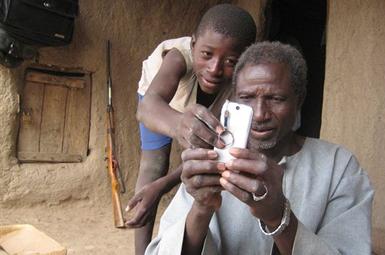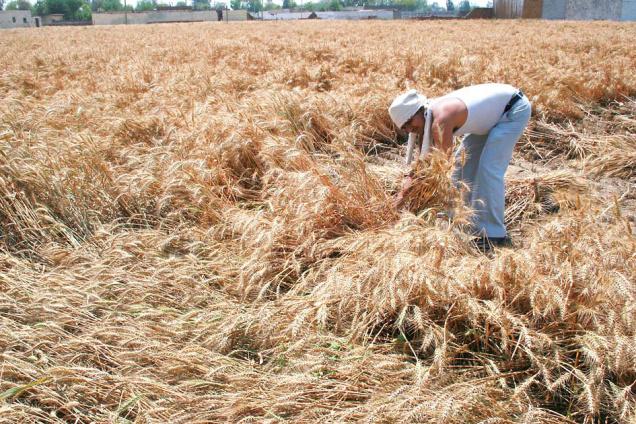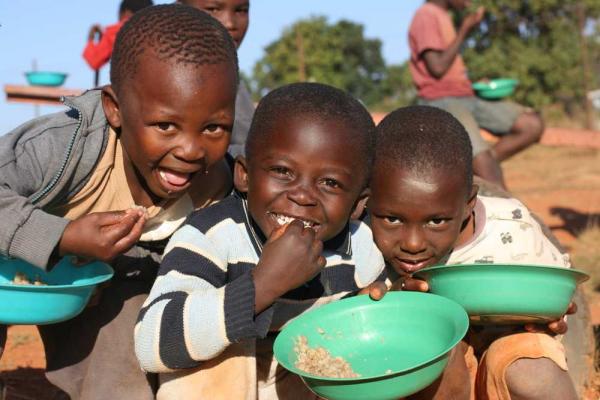Causes
Does Technology Play A Bigger Role Than Food In Eradicating Hunger?
The issue of world hunger has been fast gaining speed in the past few years. But the good news is that organisations and governments are working towards uprooting this problem. So what is that we need a stringer base of in order to rid the people of hunger – food or tech?
The World Food Programme, in particular, has been working overtime to feed every mouth. And here’s what the summary so far indicates.
It often happens that food is available but due to shortcomings in logistics and communication it cannot reach the needy. So the WFP is now developing a system wherein lines of people waiting their turn for food at farms and food stations can be done away with.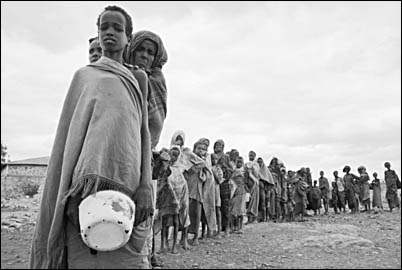
Doing Away With Shipping
In 1960s, when the World Food Programme was launched, millions o metric tons of food was transported between place. But then at that time there wasn’t another way.
With globalization making the world smaller and more accessible, the organization moved on to acquiring foodstuffs locally rather than having it shipped from places across seas. This shift owes a lot to technology.
WFP has been working on a system that allows recipients to receive timely cash transfers, either by SMS or on a chip card, as a result of which, they can buy what they need on their own. The aim here is to create a system wherein the sole purpose of WFP is not to distribute food.
Experts agree to the fact that wiring money is definitely smoother than exporting and importing food, especially in disturbed regions.
“It makes a ton of sense both in terms of speed and cost efficiency,” says Marshall Burke, an assistant professor at Stanford University’s Center on Food Security and the Environment. “They’ll be able to reach a lot more people and reach them more quickly.”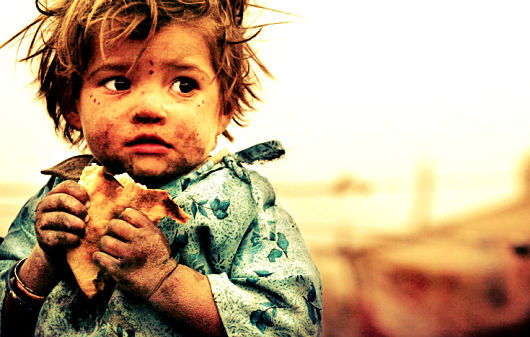
Money Playing The Bigger Role
One of the systems that the World Food Programme is working on is a biometric chip card that allows people access to food at a store near them and not specialized food stations.
The chip cards are all secured with the beneficiary’s fingerprint to combat fraud, and the organization is also experimenting with emerging technology like iris scanning, reports Wired.
The system works in partnership with banks and cellular providers. The stores, on the other hand, are required to maintain an inventory.
Not only is this system more feasible in the current scenario where the rural population is flooding the urban cities that have enough food but the hungry population is short on finances.
“If you’re a shop owner in Zimbabwe, and I tell you I have 10,000 customers who will come every month with $10, what do you do?” Jacob Kern, the World Food Programme’s chief technology officer tells Wired. “You go to Zambia, you buy a truck full of food and drive it over, because you know you can sell it.”
System Clockworks
Organizing the chain does not only ease it out for WFP but also helps it keep track of what goes where and to whom. This requires a solid and updated database that will need careful management, which the organization is prepared for.
It will share its data with NGOs, like the United Nations High Commissioner for Refugees or UNICEF. These agencies also are registering people and uploading data to the World Food Programme’s database. The goal is that people living in at-risk areas will only have to use one card to get access to everything they need.
Shifting Over Time
While technology can streamline much of the World Food Programme’s work, however, it’s unlikely the organization will entirely stop giving away food.
In disaster regions like Haiti after the 2010 earthquake and remote areas like refugee camps on the border, direct shipment of food remain vitals and cannot be done away with immediately or at all.
Moreover, as of now only 3 million of 80 million beneficiaries are in the World Food Program’s database. So the shift from direct supply to indirect wiring will be a slow and difficult one.
According to Jacob Kern, this year only a few hundred thousand people were registered. Although, he hopes to have a third of the population in the database in the next two years, and says the organization is even planning on proactively registering people in at-risk areas. Amen to that.

